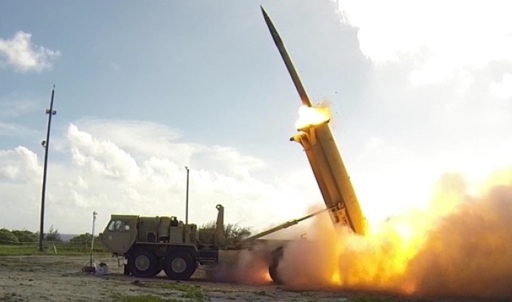The U.S. Army has been estimated to have consumed 15-20 of all munitions for its globally deployed arsenal of Terminal High Altitude Area Defense (THAAD) long range anti-missile systems, after deployment to support Israeli air defences during the country’s 11 days of hostilities with Iran.
A highly specialised asset designed to intercept medium and intermediate range ballistic missiles, the U.S. Army fields seven systems across five air defence regiments, and is set to operationalise an eighth by the end of the year.
The systems are depended on to counter the arsenals of five potential adversaries including North Korea, China, Russia and Belarus, as well as Iran. Video footage has shown the launch of 39 interceptors to intercept Iranian missiles from June 13-24, although only a small portion of launches were captured on film partly due to the strict wartime censorship that was put in place in Israel.
Presuming at a conservative estimate that the filmed launches from THAAD batteries accounted for 50-66 percent of total launches, total expenditure of interceptors amounted to approximately 60-80 interceptors during the 11 day conflict.



US military industrial complex is reading this as “Oh damn, we need to build much more of these then”
Nah, expanding the producton is VERY costly and don’t have much future guarantees. They think of it like of the artillery shell production “Oh damn, we need to rise the price on the same number we produce”
Right, the conclusion that the US can’t resupply missiles fast enough is a fallacy unless you know for sure you can affect the supply chain invovled.
They only have that many because they don’t need that many, but if you think you’re gonna win a war by expecting the US to run out of ammo against even a swarm of cheap drones, you’re in for a rude awakening.
I think only China could output higher production in full wartime scenario, and even they know it’s not much of an advantage if their tech doesn’t stack up.